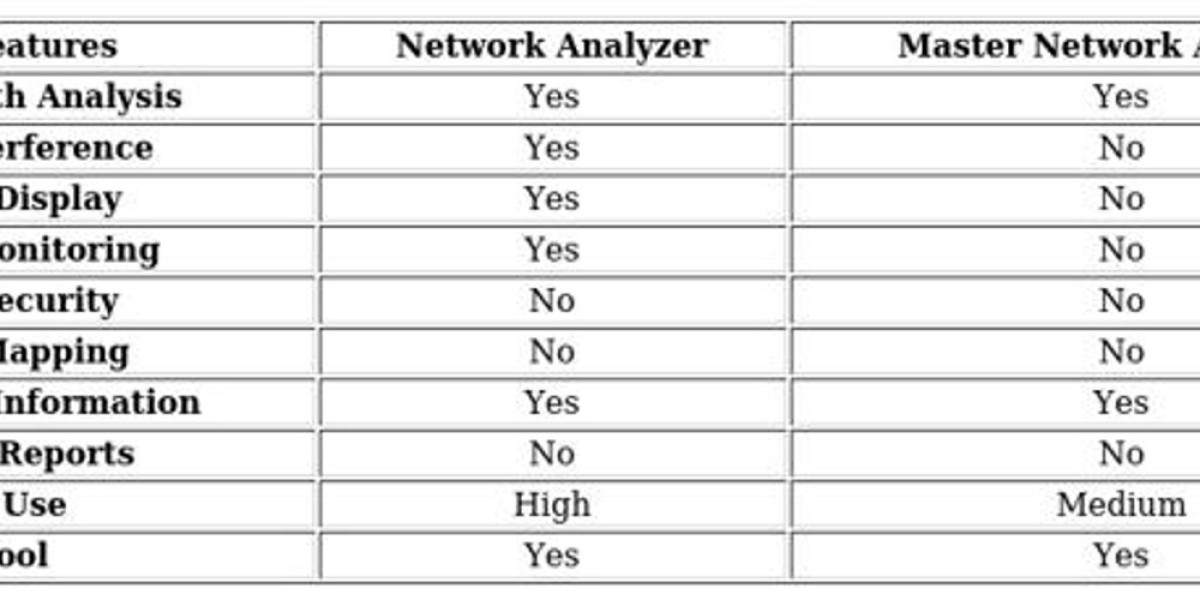Illuminating the Invisible: A Deep Dive into Infrared LEDs
In a world increasingly powered by sensors, automation, and remote technologies, Infrared LEDs (IR LEDs) play a silent yet vital role. Though invisible to the human eye, these light-emitting diodes are everywhere—from your TV remote and night vision cameras to industrial machines and biometric scanners.
So, what exactly is an IR LED, and why is it so important in modern electronics?
What Is an Infrared LED?
An Infrared LED is a type of light-emitting diode that emits light in the infrared spectrum, typically between 700 nm to 1000 nm wavelengths—just beyond the range visible to the human eye. Unlike traditional visible-light LEDs, IR LEDs are designed for applications where light detection, not visual perception, is key.
How Do IR LEDs Work?
Like other LEDs, an IR LED consists of a semiconductor diode that emits light when current flows through it. However, instead of emitting light in the visible range, it emits in the infrared range, which can be detected by electronic sensors or night-vision systems, but not by human eyes.
IR LEDs are often paired with photodiodes, phototransistors, or infrared cameras to enable communication, detection, or monitoring functions.
Key Applications of IR LEDs
Remote Controls
Perhaps the most familiar application, IR LEDs transmit coded signals to TVs, audio systems, and other appliances.Night Vision and Security Cameras
IR LEDs provide illumination for low-light or no-light environments, allowing cameras to capture clear images even in total darkness.Biometric Sensors
IR LEDs power facial recognition, fingerprint scanners, and iris detection systems by enabling high-contrast imaging of biological features.Industrial Automation
IR LEDs are used in proximity sensors, object counters, and line-following robots in manufacturing environments.Health Monitoring
Infrared light is used in pulse oximeters and wearable fitness trackers to measure heart rate and blood oxygen levels.Optical Communication
Infrared LEDs can transmit data over short distances in applications such as IrDA (Infrared Data Association) communication in legacy systems.
Advantages of Infrared LEDs
Low Power Consumption
Ideal for battery-operated devices and wearables.Non-Visible Light Source
Useful for covert surveillance or applications that require unobtrusive sensing.Long Life and Durability
Solid-state design ensures long operational life with minimal maintenance.Low Cost
Affordable and widely available for both consumer and industrial applications.
Challenges and Considerations
Limited Range: The effective distance of IR LEDs is shorter than some other light-based communication methods.
Line-of-Sight Requirements: Many IR systems need a clear path between the emitter and receiver.
Susceptibility to Interference: Strong ambient infrared sources (like sunlight) can affect performance.
Recent Innovations and Trends
High-Power IR LEDs
Used in long-range surveillance and industrial vision systems, these deliver stronger infrared beams.Narrowband IR Emitters
Improve signal-to-noise ratios in sensor systems by emitting a specific wavelength.Integration with AI and IoT
IR LEDs are being used in smart home devices, autonomous vehicles, and industrial IoT (IIoT) applications for real-time data acquisition.Miniaturized IR Arrays
Used in facial recognition and 3D mapping in smartphones and AR devices.
Final Thoughts
Infrared LEDs may operate in the shadows—literally—but their impact is far-reaching and foundational to a wide array of modern technologies. From convenience and safety to automation and analytics, IR LEDs enable machines to "see" the world in ways we cannot.
As our dependence on intelligent and contactless systems grows, the role of infrared LEDs will only become more crucial, quietly lighting the path forward for innovation.








